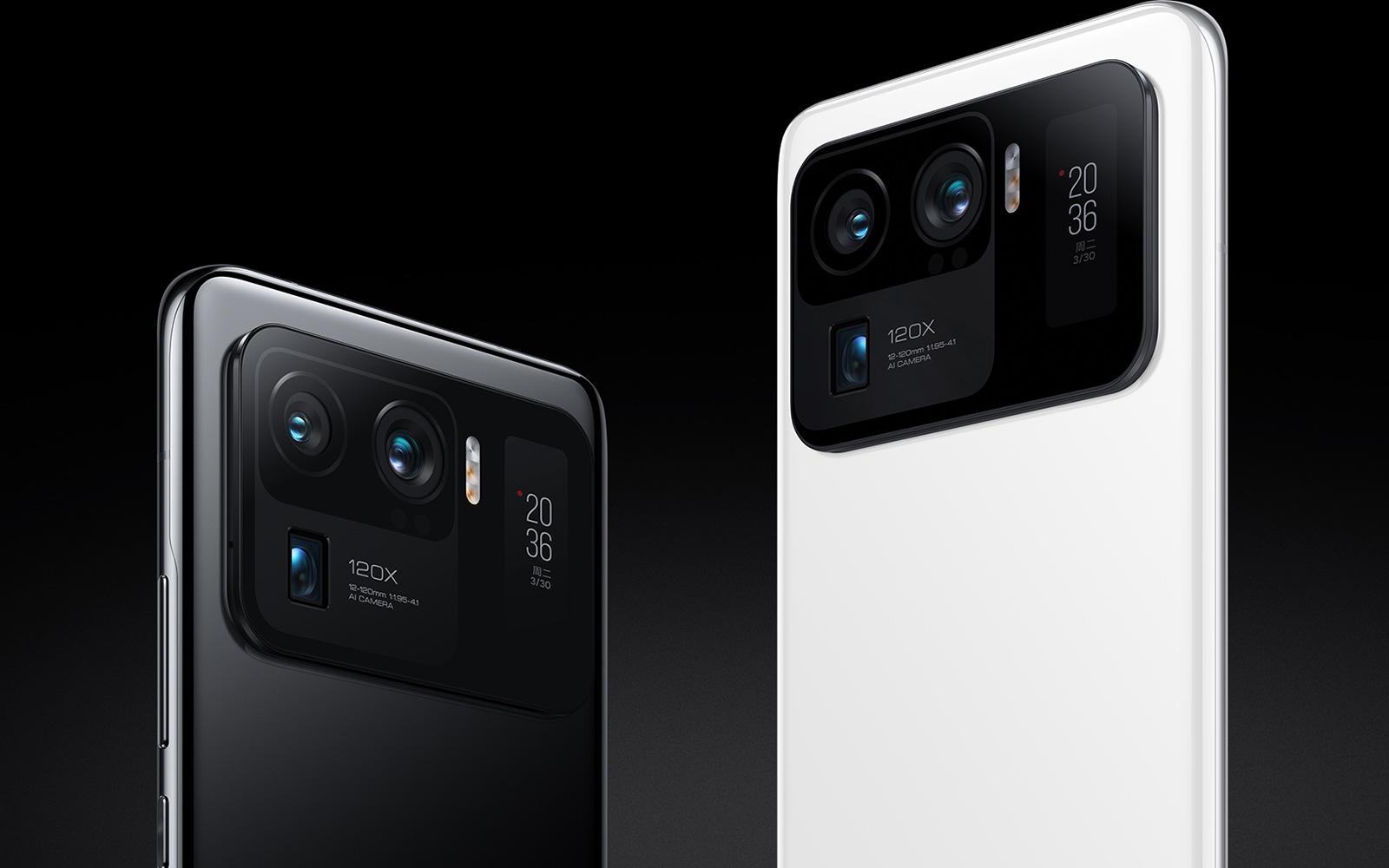
The phone features a whopping 1/1.12-inch sensor, which beats Nokia PureView 808’s record of the biggest sensor with a 1/1.2-inch size. Panasonic jammed in a 1-inch sensor in its Lumix DMC-CM1 device, but it was an Android-powered camera, and not a phone.
But let’s back up for a second. What does a bigger sensor in a phone mean for you? Your phone’s camera captures light through that sensor, so the larger the size, the more light captured in a small amount of time. That eventually results in more detailed photos in almost all light conditions without triggering features such as the night mode.
Before we talk more about the phone, let’s take a look at its unique specifications:
Specifications
- Screen: 6.81-inch WQHD+ AMOLED screen; 1.1-inch AMOLED screen on the back
- Refresh rate: 120Hz
- Processor: Qualcomm Snapdragon 888
- RAM: 12GB
- Rear camera: 50-megapixel wide sensor with f/1.95 aperture (1/1.12-inch sensor) + 48-megapixel ultrawide sensor with f/2.4 aperture (128-degree field of view) + 48-megapixel telephoto sensor f/2.4 (5x optical zoom;120x digital zoom)
- Front camera: 20-megapixel with f/2.2 aperture
- Internal storage: 256GB
- Security: In-screen fingerprint sensor; face unlock
- Battery: 5,000 mAh
- Charging: 67W wired fast charging; 67W wireless fast charging
- IP rating: IP68 (waterproof and dustproof)
Apart from featuring a huge camera sensor, the phone also sports a 48-megapixel ultrawide camera and a 48-megapixel telephoto camera to enable 5x optical zoom, 10x hybrid zoom, and 120x digital zoom. While that sounds enticing, we’ll have to test this phone out in the world to see if any photo with more than 10x zoom is usable.
[Read: Xiaomi Mi 11: Come for the specs, stay for the design]
In a slightly gimmicky move, Xiaomi has included a 1.1-inch AMOLED screen on the back of the phone. It’ll help you check notifications and take selfies using the rear camera setup. Hopefully, you can turn this off if you don’t need it. If you’re running out of battery, you can also switch on ultra power saver mode to use the rear display for calls and other emergency apps.
The Mi 11 Ultra packs some other little gems such as 67W wired and wireless charging, dual speakers powered by Harman Kardon, and Wi-Fi 6E support.
I had a lot of fun taking pictures from the 1/1.31-inch sensor of the Vivo X60 Pro+, so I can’t wait to try out Xiaomi’s latest flagship to compare these two imaging heavyweights.
Did you know we have a newsletter all about consumer tech? It’s called Plugged In – and you can subscribe to it right here.
Published March 29, 2021 — 14:28 UTC
